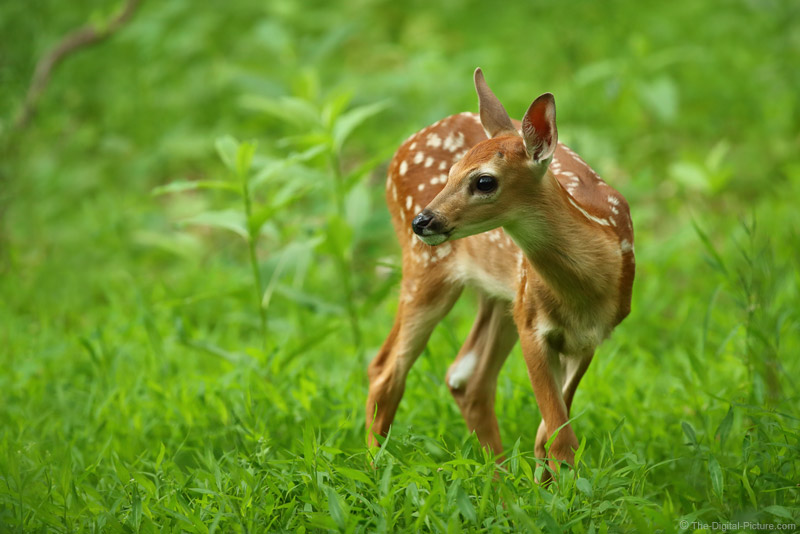Two hundred days ago we were consumed with the whitetail rut. It was mid-October and everyone was in rut watch mode, the signs were there but the rut had not quite exploded.The explosion cam a month later and on or about November 14. We called “RUT ON”.So what’s the big deal about 200 days well when you back date November 14th conception it brings you about to June 3rd. This is s great way to know when the peak breeding occurred on your property and keep a log of patterns to narrow down when bucks will be spending more time around doe bedding areas. It is not exact science but another way to try and crack the code on best days to to be in the whitetail woods. Whitetail fawns are typically born somewhere around 200 days after a doe is bred, the fawns should start hitting the ground in early May and peak sometime around the first week in June as the example we showed from the 2022 Rut. Does typically move their fawns from their birthing site within 3 hours and often hide them in thick cover. Does typically remain within 100 yards of their fawns.
The average whitetail fawn will weigh 6-8 lbs. at birth and will be able to stand and nurse within 30 minutes. They can walk in a few hours but typically spend 90% of their time bedded until a few weeks old. Newborns nurse 2-3 times daily and gradually ramp up to nursing 6-8 times in a 24-hr. day, the average feeding time is roughly 20-30 minutes, and fawns can begin eating vegetation in 2-3 weeks of age. Fawns can outrun most danger at 3 weeks.Does typically have a single fawn the first year they are bred, after that, twins are typically born but fawn mortality often ranges from 25%-50% or more. Predation is a common cause of fawn mortality during the first three weeks of life. Bears, coyotes, and bobcats are the most common natural predators. Fawns also die from birth defects, malnutrition, disease and inadequate maternal care, autos are also a common cause of fawn mortality as well, severe winters can also claim late born or small fawns.
Providing fawns with good nutrition and predator resistant (usually dense cover) habitat is
believed to increase fawn survival rates. The old adage, “A chainsaw is a deer’s best friend”, is more than applicable to a fawn and planting food plots that green up in spring and grow all summer makes for fat and happy fawns. And one final fawn fact, the average number of spots on a fawn is 300.



















![The Best Deer Camp Chili [VIDEO] Deer Chili Ingredients, Tomatoes, Chili Spices](/wp-content/uploads/2015/10/Deer-Chili-Deer-Camp-Recipe-218x150.jpg)
![How to Call Elk Early in the Season [VIDEO]](/wp-content/uploads/2016/08/byers003-218x150.jpg)




![Idiots Disturb Hunter: How Would You Have Handled It? [VIDEO]](/wp-content/uploads/2015/10/DSC00110-e1474487693878-100x70.jpg)
![Albino Buck Shocked to Shed His Antlers [VIDEO]](/wp-content/uploads/2015/10/AlbinoDeer-100x70.jpg)